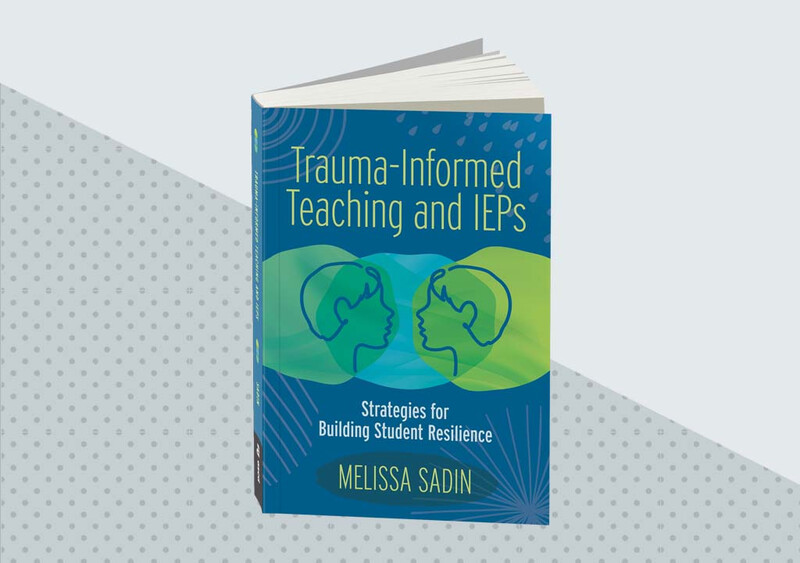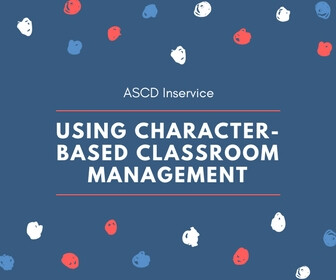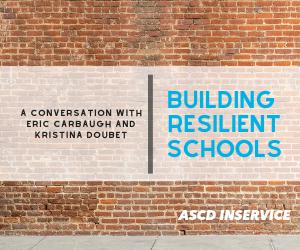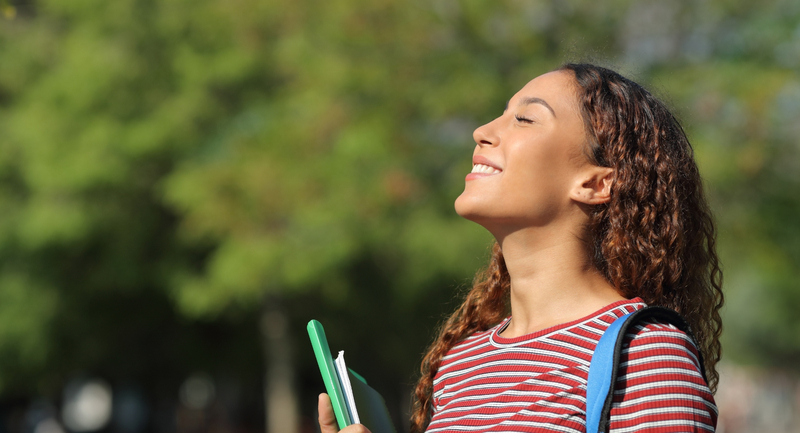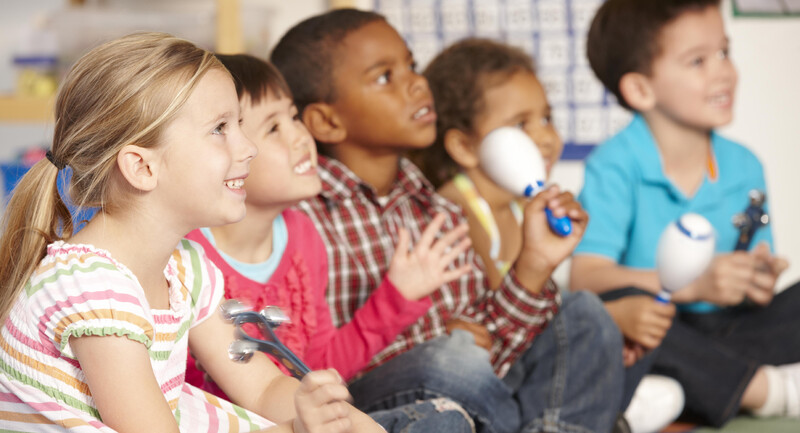Without question, the past few years have been challenging for educators. Teaching during the pandemic and now navigating its continuation has caused unprecedented levels of stress. Stress and trauma, however, are not new in schools. Research in the last 10 years has shown us that more than half of the students in our schools have experienced some form of ACEs (adverse childhood experiences). But for the first time, teachers have experienced the trauma alongside their students.
As educators, we need to find our way back to joy. We need to regain our spirit and our hope for the future. To do this, we must first take stock of ourselves. What happened to me? What was the pandemic like for me? What have I lost? What have I gained? Take a moment to review and reflect. Give yourself a chance to mourn and celebrate as needed. The only way through trauma is to name it so you can tame it. After all, to help students we need to help ourselves. Students benefit from having stable role models.
What Happened to Our Students?
While many of our students experience ACEs in their lives, all of our students experienced the pandemic. The pandemic, however, did not trigger the same level of childhood trauma for all of our students. Some had consistent shelter and food security, some did not. Some experienced separation from their primary caregivers, some did not. Some lost close family members, some did not. As we take stock of ourselves, we must take stock of our students. What protective factors did they have in place before the pandemic? Who was there for them? What have they lost? What have they gained? Helping our students heal requires reflection. We must reflect on what has happened to them and what is happening to us. Keeping the events of the past few years in the forefront of our thinking encourages us to proceed with our work with compassion.
It is crucial for educators to understand that trauma impacts children’s developing brains. Childhood trauma may affect how children’s autonomic nervous system (ANS) and limbic system develop. Children who have experienced trauma often live in survival mode. They are constantly on high alert for potential threats to their safety. In our schools, these perceived threats could be a challenging test, peer pressure, or unseen threats that arise from their past traumas, triggered by events at school. Children who perceive their safety to be threatened may become dysregulated and demonstrate behaviors that interfere with their learning and the learning and safety of others.
How Can We Help Our Students Heal?
Resilience is the path toward healing. It is the ability to adapt to changing situations and overcome challenges. One of the characteristics of a traumatic experience is our loss of control. Resilient people are able to adapt and stay calm through change. The good news is that we can build resilience in ourselves and in our students. To help students develop their resilience this school year, consider the following practices.
1. Foster Belonging
We need to help our students feel connected and safe in our schools and classrooms, and make sure that each student has one person they feel they could go to when they are struggling. At some point in the first four months of the school year, we need to ask students if they have a person in their lives to turn to. Create a quick Google questionnaire. Meet with one student at a time, possibly during a writing conference. When you encounter children without a trusted adult, set out to find one. It might be you or it might be someone else in your school or the greater community. If you are in a middle or high school, you may want to consider working together to divide the students. Avoid assuming that you know what’s inside your students’ heads.
Students feel safe in our classroom when there’s a routine and clear expectations. Make sure your classroom rules have no more than five points. Three is best. For example, three rules that cover many facets of classroom activity are: 1) Take care of self; 2) Take care of others; and 3) Take care of stuff.
Consider aligning your rules with grade-level colleagues. If all of you have the same three rules, the students will likely internalize them. Consistency builds predictability. Students who begin to be able to predict what will happen next in an activity or classroom routine feel safe. When they feel safe, they develop the tools to adapt and overcome moments that are less predictable.
2. Strengthen Attachment
Attachment is an emotional bond between two people in which each finds closeness and feels more secure in the presence of the other. Attachment can be strengthened in students when adults respond sensitively and appropriately to a child's needs. That may sound like what we do every day. But we need to do it with intention. Tell students you care about them. Tell them you believe in them. When a student is not performing to the best of their ability, ask them how you can help. Avoid lecturing them. Students who experienced trauma struggle with attachment. They find it very difficult to trust. Lean in and be present for your students—even (and especially) the ones who seem to be pushing you away.
3. Promote Regulation
We all need opportunities to regulate our stress response system throughout the day. We can help our students to self-regulate with tools as simple as silly putty and squeeze balls. We can teach students about their brains. Help them to understand their own regulation needs. Make sure that you have taken the time to investigate your own regulation needs, as well. Be a model for your students.
Tell students you care about them. Tell them you believe in them.
What About Our Most Fragile Students?
The shift to remote and now back to in-person learning has been particularly hard on some of our most vulnerable students—those who receive special education services. During remote learning, special education services often failed to address the needs of these students.
It is essential that the adults in our schools who are responsible for evaluating students for 504s and IEPs understand the effects of trauma on our most vulnerable students. What happened to these students during the pandemic that may have affected their development? IEPs may need addendums to include opportunities for regulation and connection. Building resilience among students will only happen if we rebuild their trust.
Look Inside Before Helping Others
We must build hope and resilience in ourselves before we can build it in our students. We are all familiar with the rules of flying: we must put on our own oxygen masks first. Find out what you need to do to feel productive and content. What are your self-care activities? Attending to your self-care needs to be at the forefront as you move into this new and challenging school year. Do it for your loved ones. Do it for your students. But, most importantly, do it for yourself. Laugh as often as you can. Find some hope for the future, and you will be well on your way to restoring your resilience. This will in turn lead to our most affected students getting the support they need.
Trauma-Informed Teaching and IEPs
Explore strategies to build resilience and counter the effects of trauma on learning and behavior.
